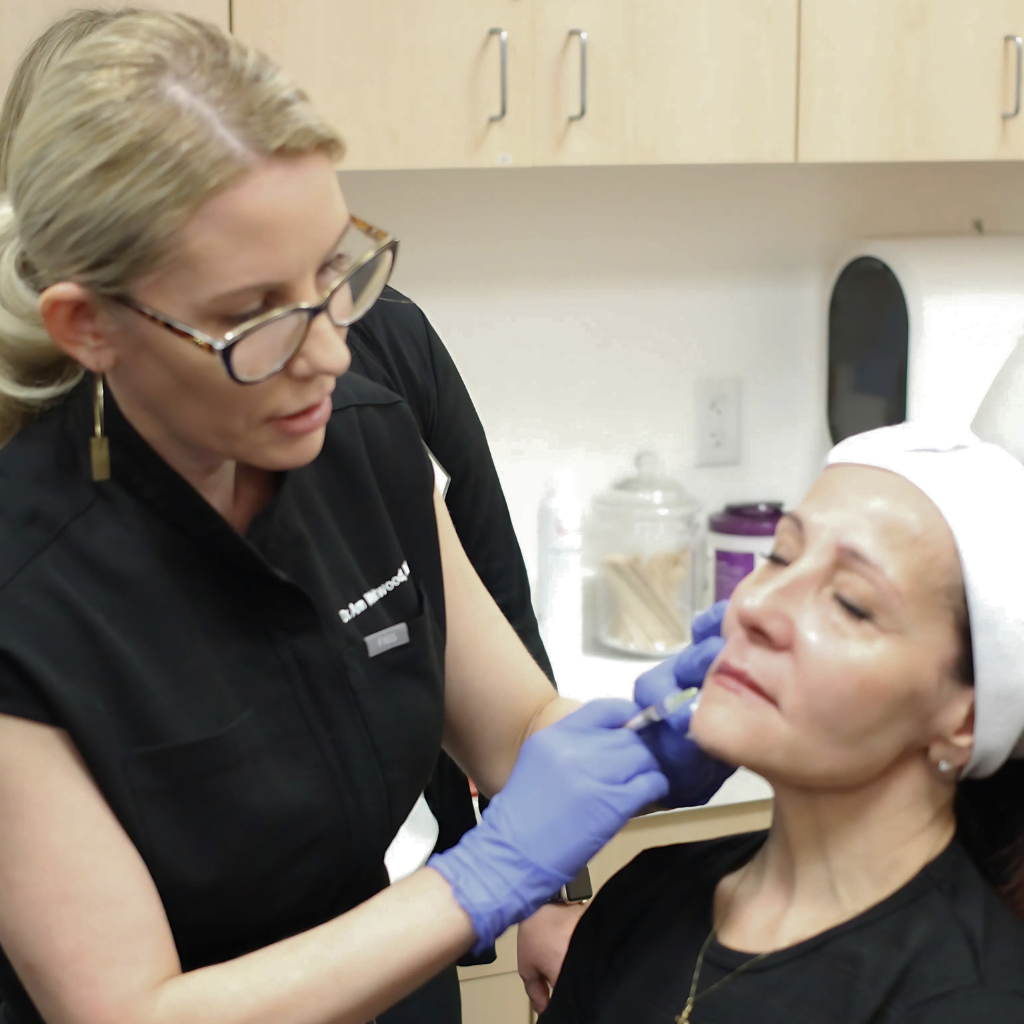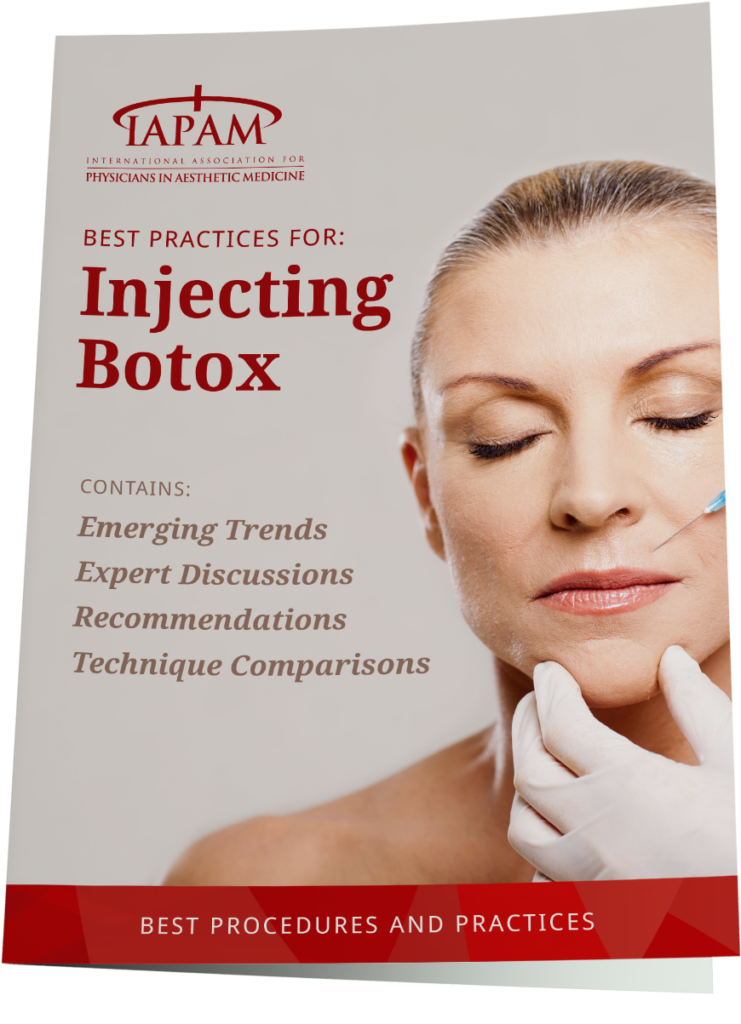- Botox® Injection
- Botox Serums
| Feature | Botox® Injection | Botox Serums |
| Feature | ||
| Mechanism | Blocks nerve signals to prevent muscle contractions. | Works on the skin’s surface, may slightly relax muscles. |
| Effectiveness | Clinically proven, long-lasting (3-6 months). | Temporary, mild effects with limited penetration. |
| Onset Time | 3-7 days for visible results. | Immediate hydration, but wrinkle reduction takes weeks. |
| Longevity | 3-6 months per treatment. | Requires daily application to maintain effects. |
| Application | Medical procedures by licensed professionals. | Over-the-counter, applied at home. |
| Side Effects | Temporary bruising, swelling, or headaches. | Mild irritation, potential allergic reactions. | Buy Now | Buy Now |





